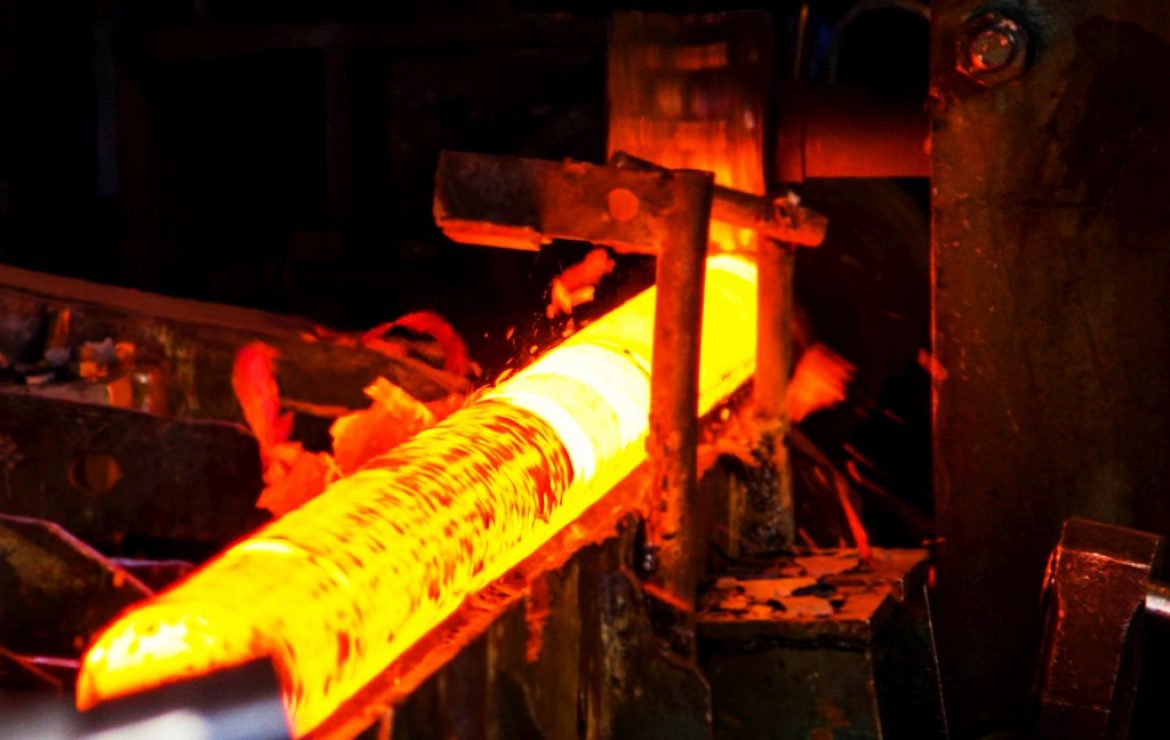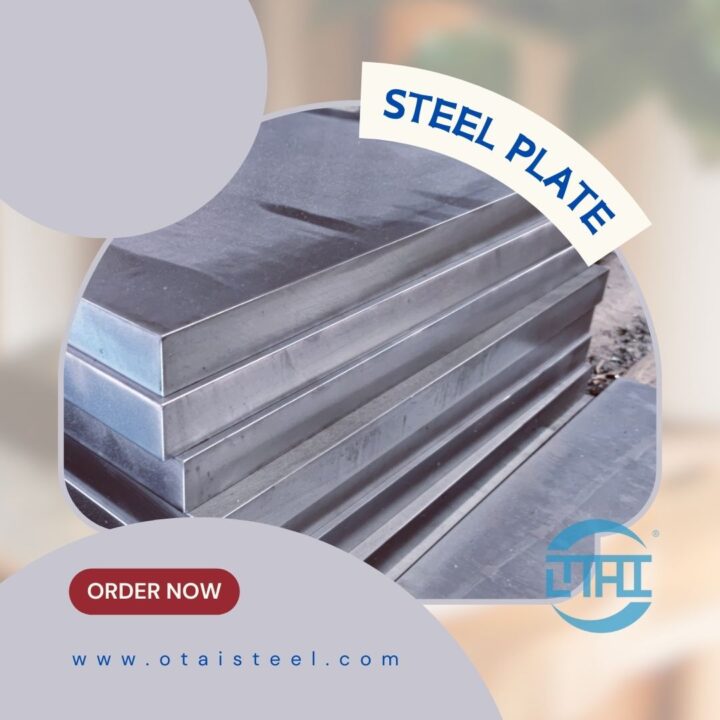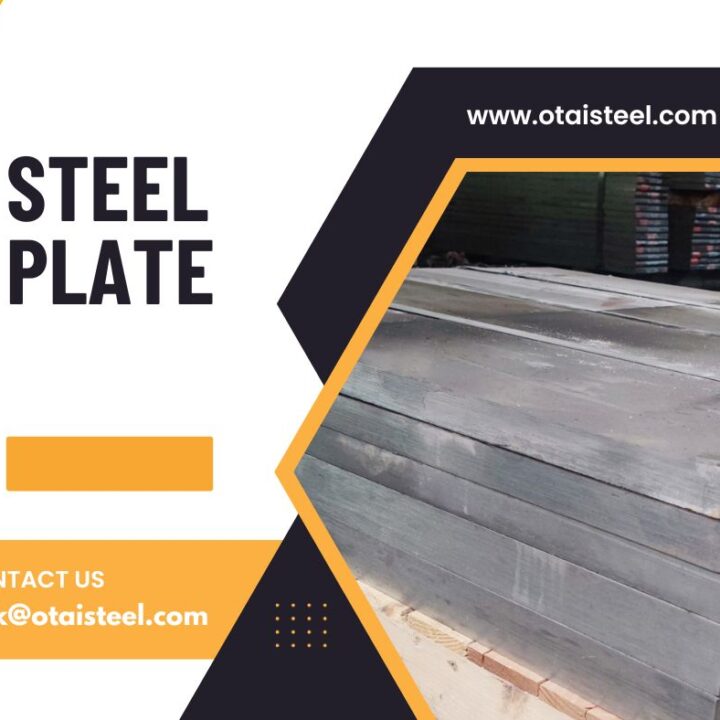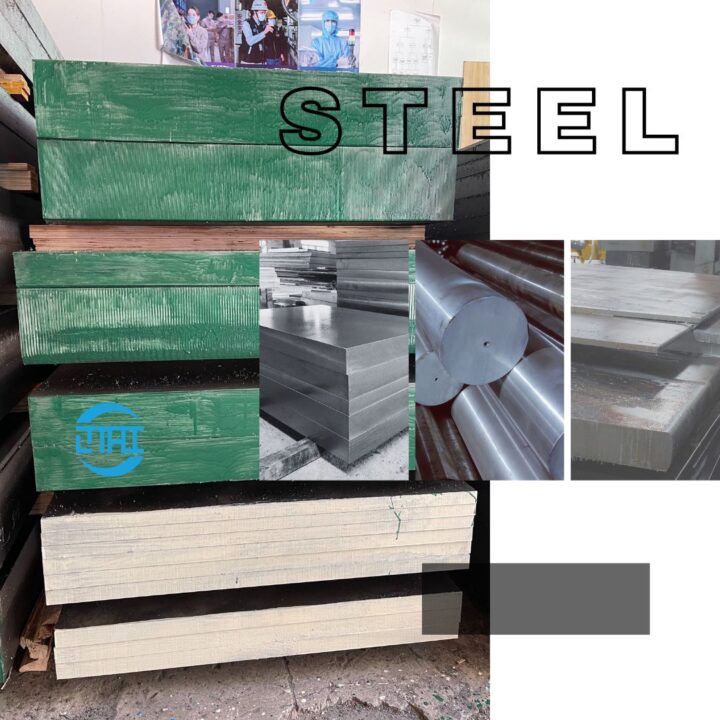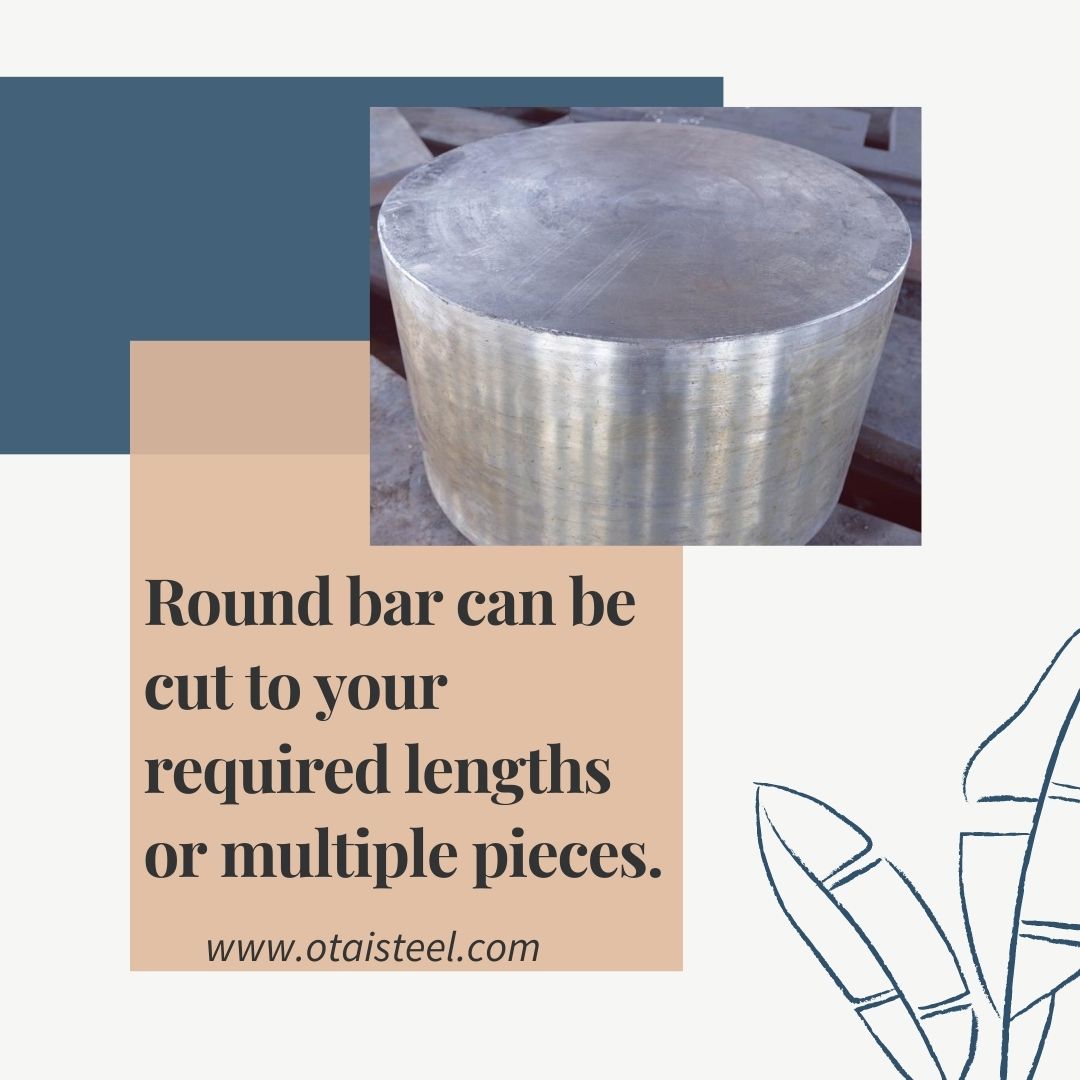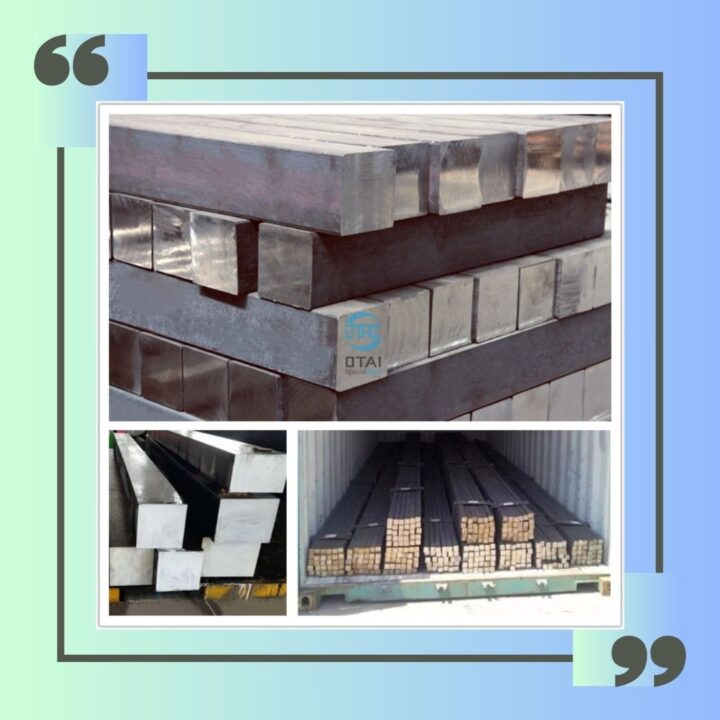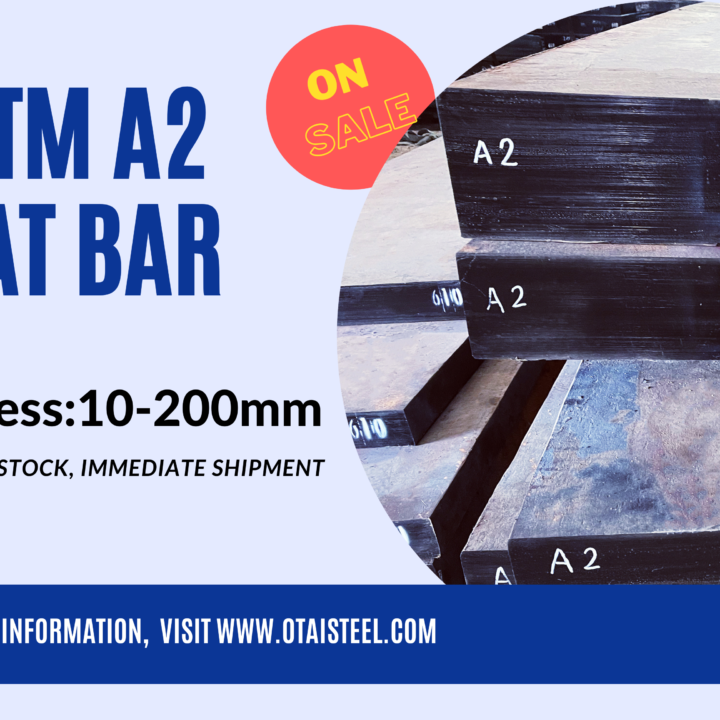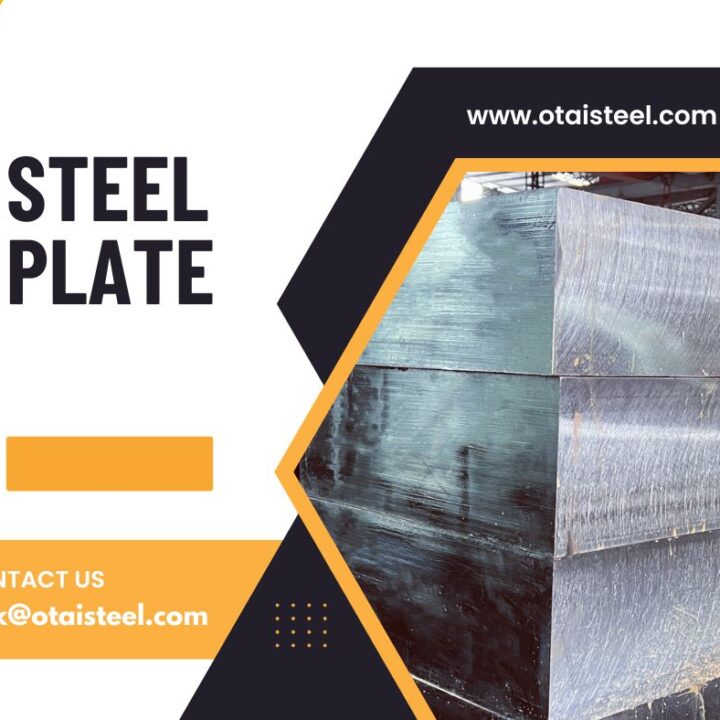4340 steel has established its prominence as a reliable and versatile material in various industries. As research and development continue to push the boundaries of material science, ongoing studies are exploring new avenues to enhance the properties and expand the applications of 4340 steel.
Emerging Trends in 4340 Steel Research
- Enhanced Strength and Toughness
Researchers are focusing on optimizing the strength and toughness of 4340 steel through various techniques such as alloying, refining the microstructure, and controlling the heat treatment process. These advancements aim to further improve the material’s ability to withstand high stresses and impact loads.
- Novel Heat Treatment Techniques
New heat treatment methods are being explored to achieve superior properties in 4340 steel. Advanced quenching and tempering processes, along with innovative cooling techniques, can help tailor the material’s microstructure and enhance its performance in specific applications.
- Advanced Surface Engineering
Surface engineering techniques, including coatings, surface modifications, and functionalization, are being investigated to enhance the wear resistance, corrosion resistance, and frictional properties of 4340 steel components. These developments aim to extend the lifespan and improve the reliability of the material in demanding environments.
- Alloy Modification for Specific Applications
Researchers are actively studying the modification of 4340 steel alloys to tailor their properties for specific applications. By incorporating additional elements or adjusting the alloy composition, they aim to optimize the material’s behavior under specific operating conditions, such as high temperatures, corrosive environments, or extreme pressures.
Promising Developments in 4340 Steel
- Additive Manufacturing of 4340 Steel Components
Additive manufacturing, or 3D printing, offers exciting prospects for the production of complex-shaped 4340 steel components. By leveraging this technology, researchers can achieve intricate geometries, reduce material waste, and potentially enhance the material’s performance through optimized microstructures.
- Microstructural Control for Tailored Properties
Advancements in microstructural control techniques enable researchers to tailor the properties of 4340 steel components at a microscopic level. By manipulating the grain structure, phase composition, and distribution of alloying elements, they can achieve desired mechanical properties and performance characteristics.
- Sustainable Manufacturing Practices
As sustainability gains importance, researchers are exploring environmentally friendly manufacturing practices for 4340 steel. This includes the development of greener heat treatment processes, utilization of recycled materials, and implementation of energy-efficient production methods to minimize the environmental impact associated with its manufacturing.
- Integration of 4340 Steel with Advanced Materials
Integrating 4340 steel with advanced materials, such as composites or ceramics, opens up new possibilities for hybrid structures with enhanced properties. By combining the strengths of different materials, researchers aim to create lightweight yet robust components for various industries.
Future Implications and Applications
- Aerospace Industry
The aerospace industry stands to benefit from the ongoing developments in 4340 steel. Improved strength, fatigue resistance, and corrosion resistance will enable the production of lighter yet stronger components, leading to increased fuel efficiency and enhanced aircraft performance.
- Automotive Sector
In the automotive sector, advancements in 4340 steel can contribute to the development of safer, more durable, and lightweight vehicles. With superior crashworthiness, high-temperature stability, and wear resistance, 4340 steel components can improve the overall safety and efficiency of automotive systems.
- Oil and Gas Exploration
4340 steel’s robustness and resistance to harsh environments make it an ideal candidate for oil and gas exploration applications. Ongoing research aims to further enhance its corrosion resistance, fatigue resistance, and fracture toughness, enabling its use in critical components within drilling and extraction systems.
- Defense and Military Applications
The defense and military sectors can benefit from the future advancements in 4340 steel. The material’s exceptional strength, toughness, and impact resistance make it suitable for applications such as armored vehicles, aircraft components, and weapon systems, ensuring enhanced safety and reliability.
The future of 4340 steel holds tremendous potential as ongoing research continues to push the boundaries of its properties and applications. With advancements in strength, toughness, heat treatment, surface engineering, and sustainable manufacturing, 4340 steel is poised to play a vital role in various industries, offering improved performance, reliability, and efficiency. (Developments in 4340 Steel)
